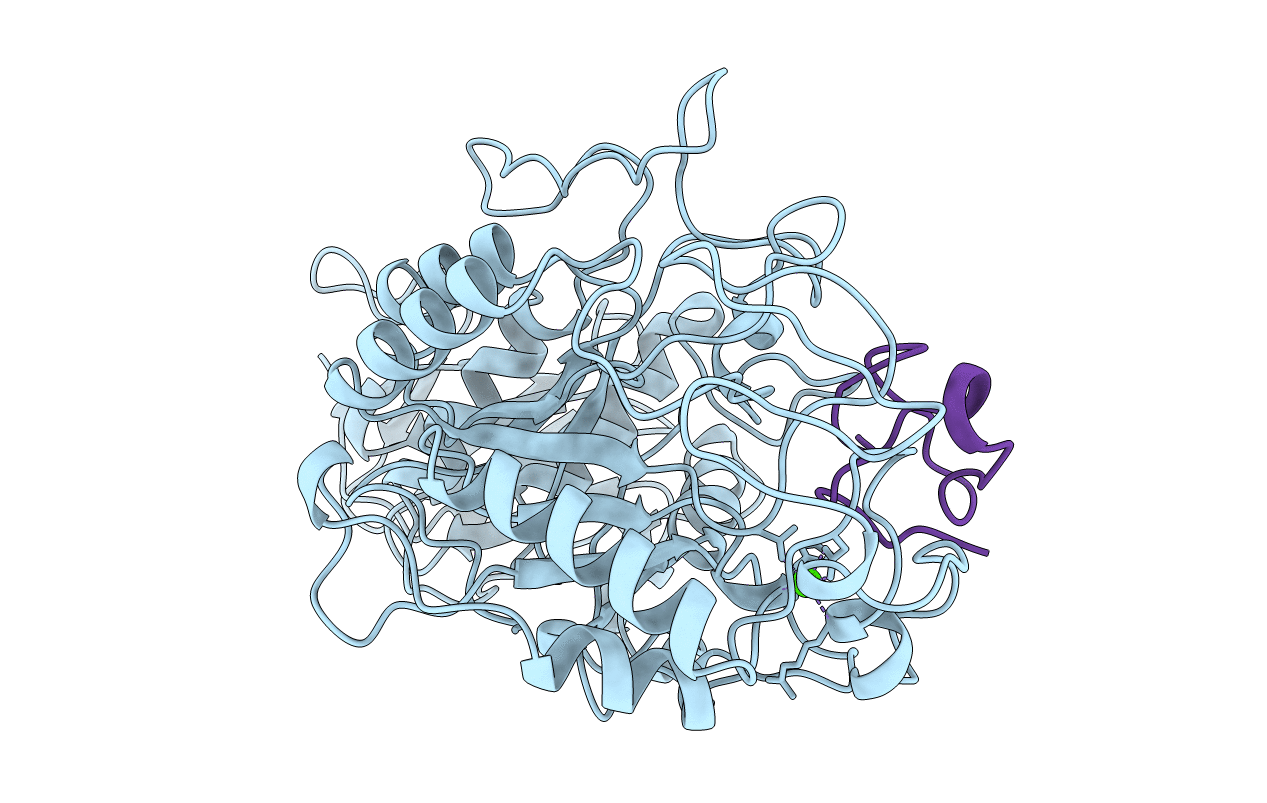
Deposition Date
1999-05-04
Release Date
2000-05-03
Last Version Date
2024-11-20
Entry Detail
PDB ID:
1CLV
Keywords:
Title:
YELLOW MEAL WORM ALPHA-AMYLASE IN COMPLEX WITH THE AMARANTH ALPHA-AMYLASE INHIBITOR
Biological Source:
Source Organism:
Tenebrio molitor (Taxon ID: 7067)
Method Details:
Experimental Method:
Resolution:
2.00 Å
R-Value Free:
0.19
R-Value Work:
0.16
Space Group:
P 61


